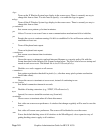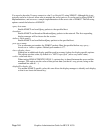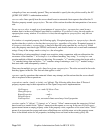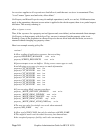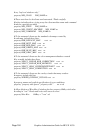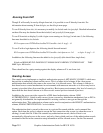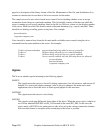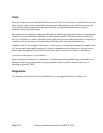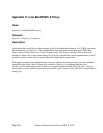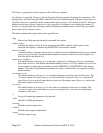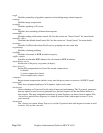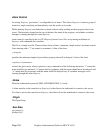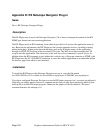Fonts
Fonts are usually stored as individual files in directories. The list of directories in which the server looks
when trying to open a font is controlled by the font path. Although most sites will choose to have the
server start up with the appropriate font path (using the -fp option mentioned above), it can be
overridden using the xset program.
Font databases are created by running the mkfontdir or stmkdirs program in the directory containing the
compiled versions of the fonts (mkfontdir) or font outlines (stmkdirs.) Whenever fonts are added to a
directory, mkfontdir or stmkdirs should be rerun so that the server can find the new fonts. If mkfontdir or
stmkdirs is not run, the server will not be able to find any of the new fonts in the directory.
In addition, the X server supports font servers. A font server is a networked program that supplies fonts
to X servers and other capable programs. In order to communicate with a font server, the font servers
address must be supplied as part of the X server's font path. A font server's address is specified as:
<transport>/<hostname>:<port-number>
where <transport> is always tcp, <hostname> is the hostname of the machine being connected to (no
hostname means a local connection) and <port-number> is the tcp address that the font server is
listening at (typically 7000).
Diagnostics
Too numerous to list them all. If run from CDE, errors are logged in the file /var/dt/Xerrors.
Graphics Administration Guide for HP-UX 10.20
Page 153



